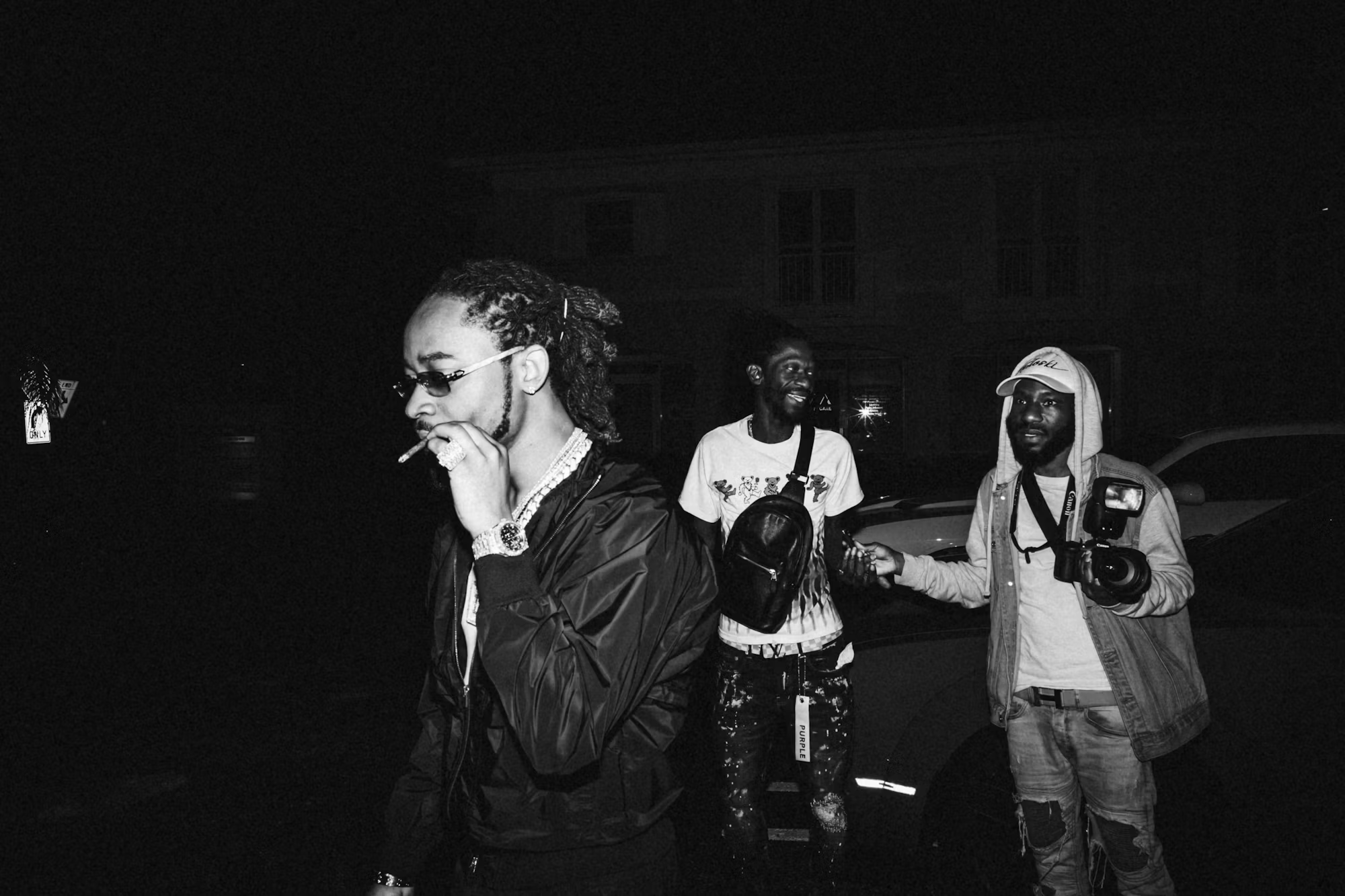Collaboration has always been a driving force in the music industry, transcending genres and styles to create innovative sounds that resonate with audiences. As musicians come together, they blend their unique perspectives and talents, resulting in a rich tapestry of creativity. This article explores the art of collaboration in music, highlighting its significance, the various forms it takes, and the impact it has on artists and listeners alike.
At its core, collaboration allows musicians to share their artistic visions, fostering an environment where ideas can flourish. When artists from different backgrounds unite, they bring diverse influences, which can lead to groundbreaking compositions and fresh sounds. For instance, the fusion of jazz and hip-hop has resulted in a genre-defying style that incorporates improvisation with rhythmic lyricism, captivating audiences worldwide. Notable collaborations like those between Herbie Hancock and Q-Tip showcase how blending genres can yield new and exciting musical experiences.
One of the most common forms of collaboration occurs in the studio, where songwriters, producers, and musicians come together to create recordings. In this setting, the collaborative process often begins with a songwriter penning lyrics and melodies, which are then brought to life by a producer and a group of instrumentalists. This teamwork is crucial for crafting a polished final product. The synergy between artists can spark creativity, allowing them to experiment with different arrangements and styles, leading to unique results.
Live performances also serve as a powerful platform for collaboration. Festivals and concerts often feature multiple artists sharing the stage, resulting in spontaneous musical moments that thrill audiences. Collaborative performances can create an electric atmosphere, as musicians feed off each other’s energy. For example, iconic music festivals like Coachella and Glastonbury often see unexpected collaborations that become the talk of the event. Such performances not only showcase individual talents but also highlight the beauty of musical unity.
Moreover, collaborations can bridge generational gaps, connecting established artists with emerging talent. When seasoned musicians work with up-and-coming artists, it creates an opportunity for knowledge sharing and mentorship. This exchange can help new artists hone their craft while also providing established musicians with fresh perspectives. Collaborations like those between artists such as Paul McCartney and contemporary acts like Rihanna illustrate how different generations can come together to create timeless music.
The rise of technology has further transformed the landscape of musical collaboration. Digital platforms enable musicians to connect with one another across the globe, breaking down geographical barriers. Musicians can collaborate remotely, exchanging ideas, tracks, and feedback without being in the same room. This accessibility has given rise to a new wave of collaborations, where artists from different countries and cultures come together to produce innovative music. For instance, the internet has facilitated the emergence of virtual bands, where members collaborate online to create and perform music, leading to a global exchange of ideas.
Another significant aspect of collaboration is the role of producers, who often act as the glue that holds a project together. A skilled producer can enhance the collaborative process by guiding artists through the recording and mixing stages. Their expertise allows musicians to focus on their performances while ensuring that the final product meets professional standards. Producers like Rick Rubin and Quincy Jones have played pivotal roles in shaping the sounds of countless artists, showcasing the importance of collaboration in the studio.
Collaboration in music is not limited to the creative process; it also extends to marketing and promotion. When artists collaborate on projects, they can pool their resources and fan bases, creating a broader reach. Joint releases, collaborations on music videos, and shared social media campaigns amplify visibility and attract new listeners. This strategic partnership benefits all parties involved, as each artist can introduce their audience to the other’s work, fostering a sense of community within the industry.
The impact of collaboration extends beyond the musicians themselves; it resonates with audiences as well. Fans are often drawn to collaborative projects due to the excitement of seeing their favorite artists come together. Collaborations can also introduce listeners to new genres and styles, expanding their musical horizons. By combining different influences, artists create a sense of unity that transcends cultural boundaries, promoting understanding and appreciation among diverse audiences.
Additionally, collaborations often lead to the creation of powerful anthems that resonate with listeners on a deeper level. Songs that feature multiple artists can capture a wide range of emotions, allowing listeners to connect with the music in a more profound way. For instance, tracks like “One” by U2 and various artists during the 1990s highlighted the power of collaboration to convey messages of unity and hope.
In recent years, the trend of collaboration has only intensified, with more artists recognizing the potential for growth and creativity that comes from working together. The rise of collaborative albums, such as those produced by groups like Gorillaz and collaborative hip-hop projects, reflects this evolving landscape. These endeavors not only showcase the talents of individual artists but also highlight the beauty of collaboration as a driving force behind innovation in music.
Ultimately, collaboration in music enriches the creative process and fosters a sense of community among artists and fans alike. By uniting diverse voices and talents, musicians can create something truly special that transcends genres and resonates with audiences around the world. As the music industry continues to evolve, the spirit of collaboration will remain a vital element, pushing boundaries and shaping the future of music for generations to come.
